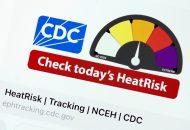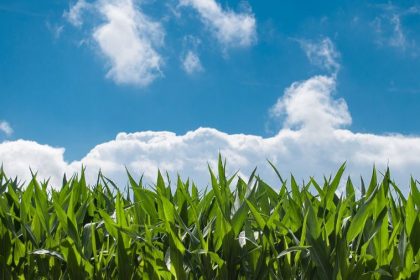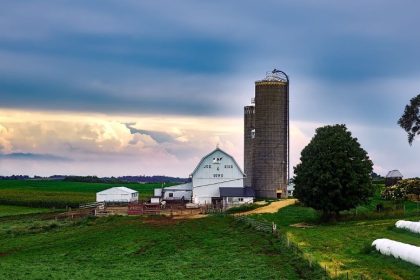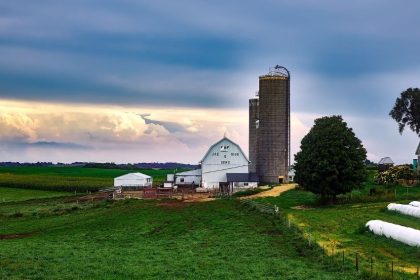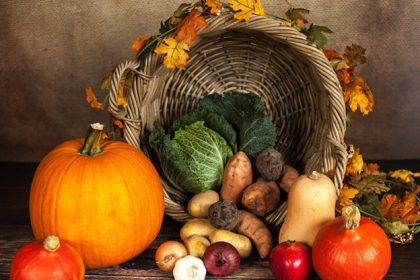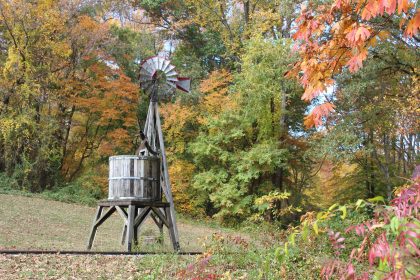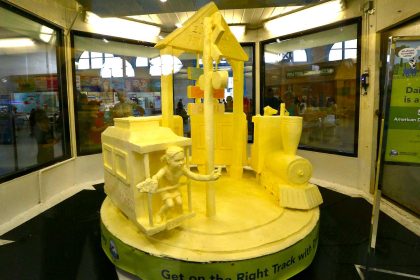Record High Confidence Levels Wane for Agricultural Producers
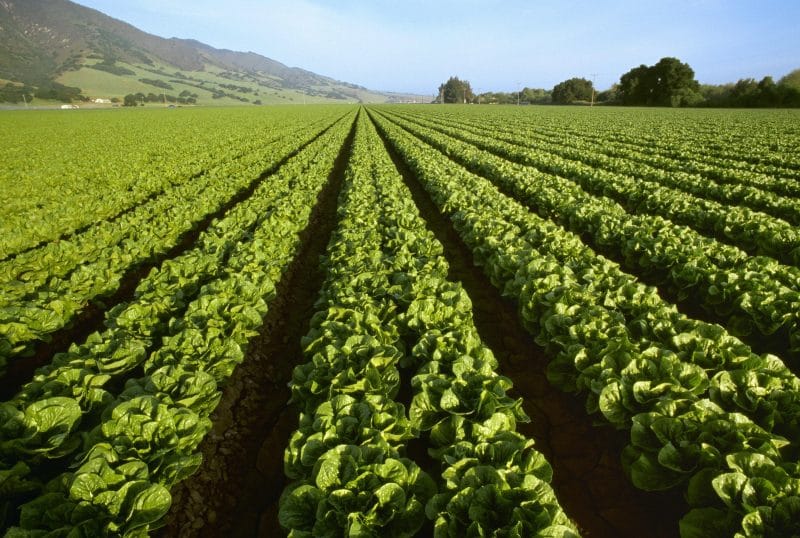
An Ag Economy Barometer report published Tuesday found a 21-point decline in the confidence of food producers in the United States for June. This solidifies a second month of waning optimism from record highs set earlier in 2021, and indicates food producers are more worried about the future of the agricultural economy than they were just a few months ago.
“So, you’ve got this concern about costs going up. You’ve got this concern about the difficulty in filling vacancies in your operation. You’ve had some weakness in commodity prices,” James Mintert, professor of Agricultural Economics and director for the Center of Commercial Agriculture at Purdue University, said. “And all of those things combined and coalesced and made people somewhat less optimistic than they were just a month earlier.”
Rising input costs are one of the most important factors in this decline. Nearly 30% of producers said they expect farm input prices to rise by 8% or more in the upcoming year, a rate four times higher than the average rise over the last decade. This fear has also affected producers’ willingness to invest. A rating which, per the Farm Capital Investment Index, declined 11 points to a reading of 54, the lowest since May 2020.
Moreover, a labor shortage, a problem shared by businesses across the nation, has also played a role in cooling off high confidence levels. In June 2021, just under two-thirds of respondents said they either had “some” or “a lot of difficulty” in hiring labor outside of the immediate family.
“We’ve asked that question two years in a row,” Mintert said. “Last year, only three-out-of-ten people responded that they were having difficulty finding non-family farm labor. This year, two-thirds of the people that responded said they were having some level of difficulty in hiring non-family farm labor.”
Lower confidence in the future prices of corn and soybean have also played a part. In May, nearly two-thirds of producers expected the rates for corn and soybean leases to rise in 2022. Today, just 47% believe the same.
“There is a lot of volatility in corn and soybeans. We’re looking at some very tight carry-over supplies from this crop year to the next crop year,” Mintert said. “And it’s being driven pretty heavily by demand, especially in the export channels, and I think there is a lot of uncertainty about how long that export strength might continue. That’s true in corn. That’s true in soybeans. And that’s true in pork.”
Despite these worries, food producers have remained relatively confident in the value of their land. Both short-term expectations and long-term expectations of land value maintained at their third highest readings since the Ag Economy Barometer started collecting the data in 2015.
Additionally, some farmers might be looking at leasing land for energy production. According to the report, 32% admit awareness of solar leasing opportunities for their land. Of those, 29% said they had met with companies to talk.
“Not quite 3% of people surveyed had said they had actually signed a solar lease with a company intending to put in solar panels for energy production,” Mintert said. “I think, with respect to how widespread this is and what’s going to take place, it’s very uncertain at this point. But there is a lot of interest in this.”
With food prices remaining relatively inelastic, meaning they don’t change quickly against supply or demand surpluses and shortages, food producers may have to bear the cost of these market difficulties on their own by spending less and finding new revenue sources.












